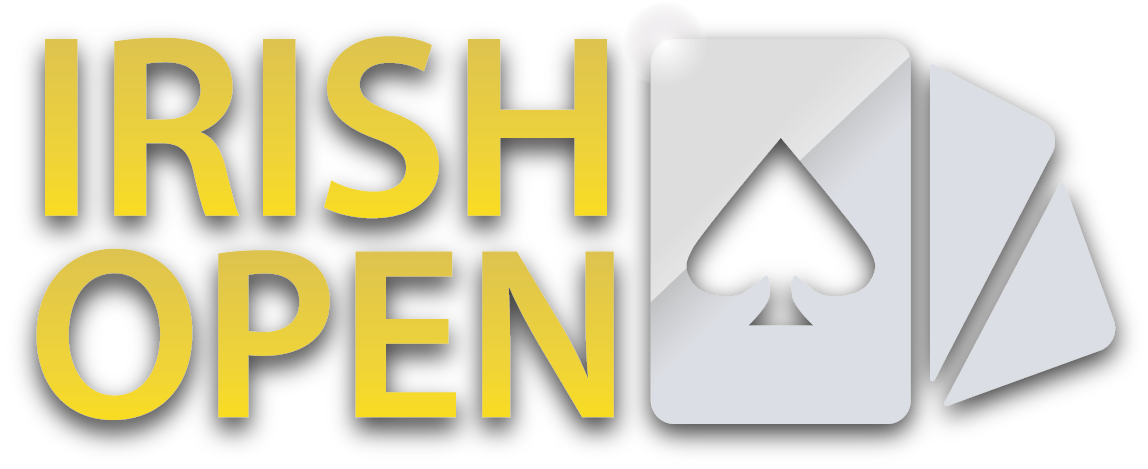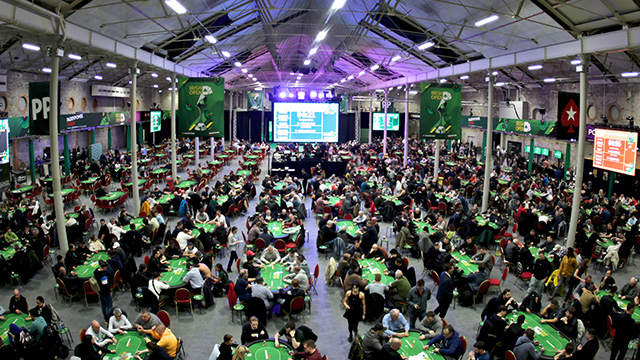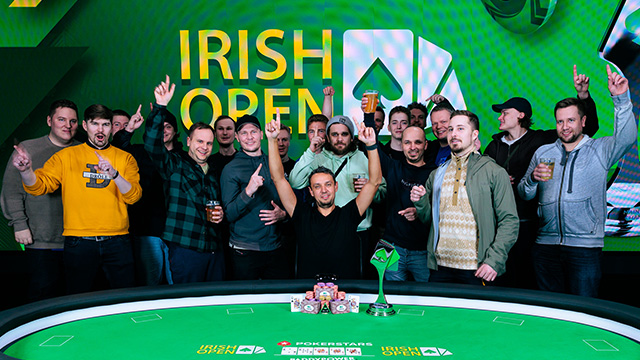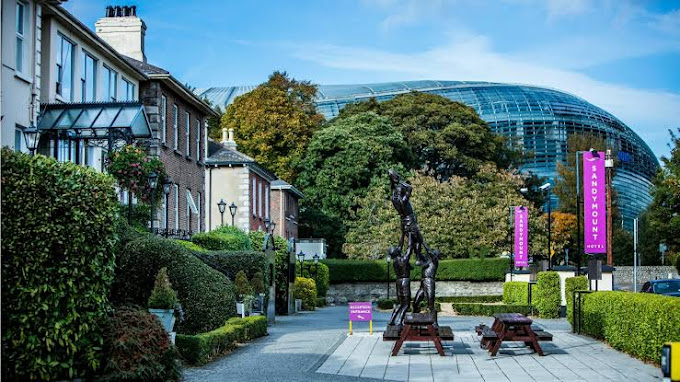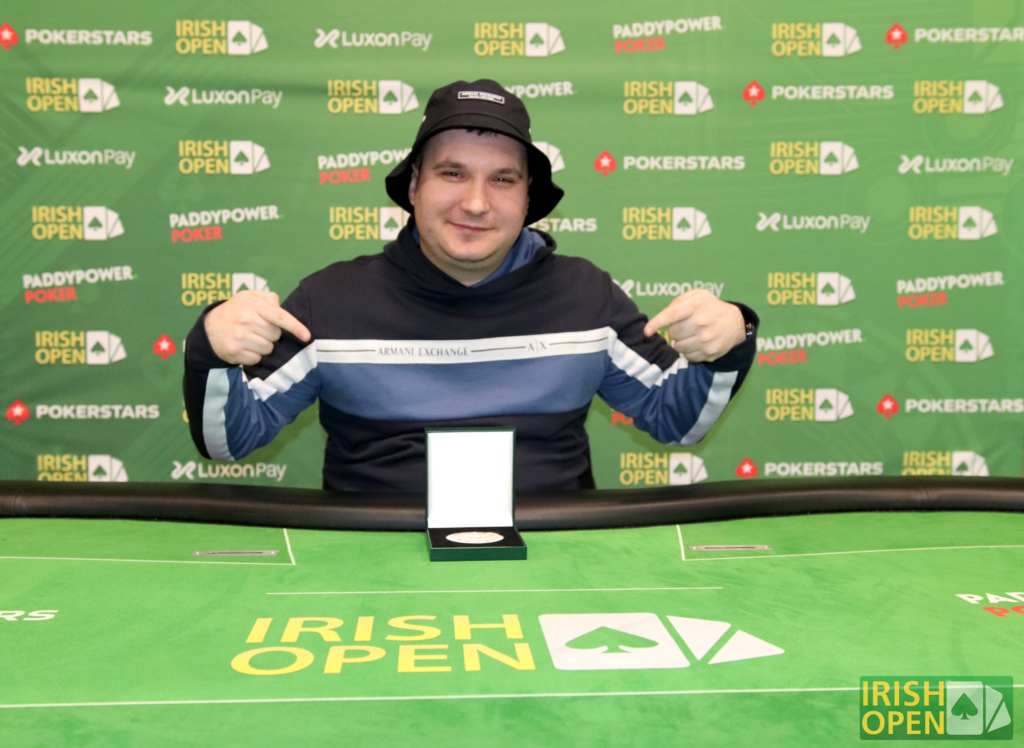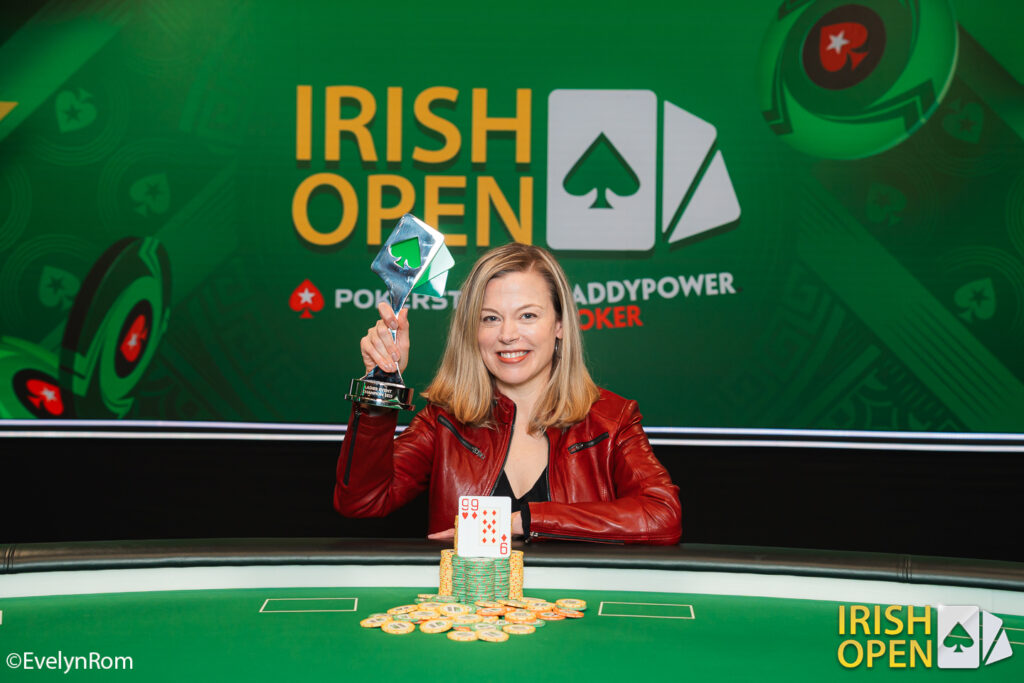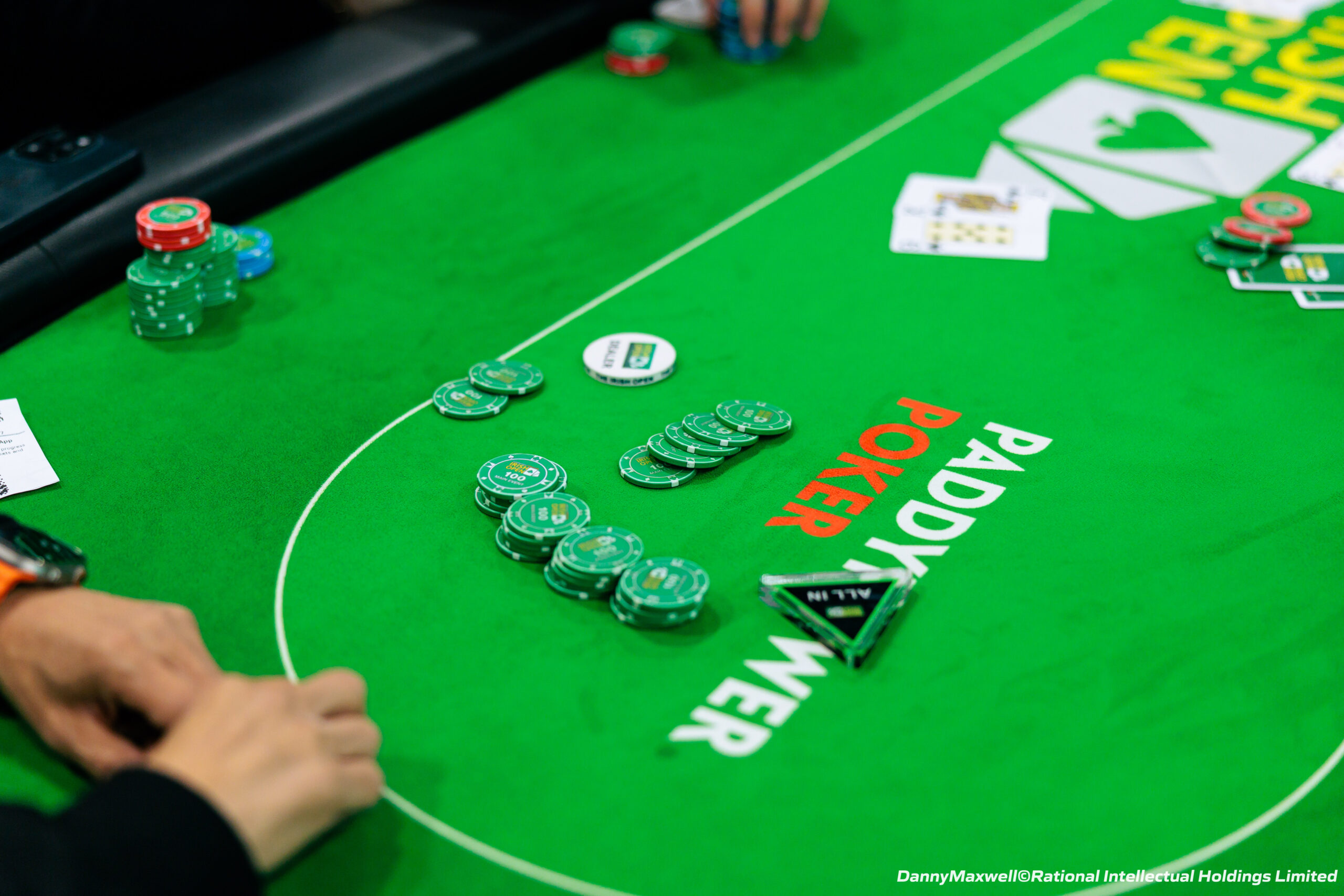
As the Irish Open gears up for an expanded and incredibly exciting mixed game line-up at the 2026 festival, Barry Russell looks back on the history of mixed games since they first got going in the 1970s.
How did mixed games start?

Mixed games didn’t evolve from a specific source or tournament but naturally developed out of the high-stakes cash games of the 1970s and 1980s. Poker legends like Chip Reese, Doyle Brunson, Amarillo Slim, and Puggy Pearson were always seeking ways to minimise the role of chance and reward true skill. To achieve this, they began mixing different types of games within a single session to create a revolving rotation that needed more skill and understanding of fundamental poker knowledge.
A real turning point came in 1998 when the Bellagio poker room opened in Las Vegas. Guided by room manager Doug Dalton and WSOP Main Event winner Bobby Baldwin, the Bellagio was designed to be the centre of world-class high-stakes poker with mixed games — particularly HORSE —promoted as the primary format of the biggest and toughest cash games in the universe.
In 2006, the World Series of Poker introduced its first mixed game event – the $50,000 HORSE Championship. Designed to determine the best all-around poker player, the event was led by legendary players like Doyle Brunson, Barry Greenstein, and Chip Reese. This was no longer about Hold’em specialists — this was about identifying complete, well-rounded players who could play well in different formats.
At the centre of this revolution was Bobby’s Room as it was then known – a card room at the Bellagio which became home to the world’s best mixed games players, including such legends as Phil Ivey, David Oppenheim, Chau Giang, John Hennigan, Gus Hansen, and Patrik Antonius.
These games represented the height of poker sophistication, demanding skill in limit, stud, draw, and Omaha forms. Mixed games aimed to separate the lucky from the skilled — offering deeper, more subtle challenges where one approach could not dominate for long.
Current Trends in Mixed Games
Mixed games are undergoing a revival today, with new formats and creative structures emerging on both the live and online scenes. Over the past decade, mixed games have seen a huge boom at the World Series of Poker for example – from 10 mixed game events in 2014 (attracting 3,419 entries) to 15 events in 2024, generating nearly $25 million in total prize pools. The trend continued this year with 18 mixed game events and the figures highlight the undeniable popularity and relevance of mixed games in modern poker.
Why play Mixed Games – and how to succeed
Mixed games are more engaging, diverse, and often a lot more fun than No-Limit Hold’em. Mixed games constantly change the dynamics and force players to adapt which keeps the game thrilling and stimulating. The atmosphere in mixed game tables is also generally more relaxed and convivial.
Mixed games pay off for those prepared to put in the work. With fewer individuals adept in all the variations, those who spend time improving their game across all the disciplines enjoy a distinct advantage.
Success at mixed games involves more than just mechanical skill. It also requires a gear-shifting ability, as well as extremely high levels of pattern recognition and psychological sharpness. Mixed games also encourage innovative play, thoughtful consideration, and a better grasp of poker fundamentals. The variety of hand types and strategic situations ensures players stay mentally engaged and always challenged.
The ability to adapt on the fly, to capitalise on tendencies in one game and switch gears in the next, makes each rotation a subtle and rewarding mental battle. For those who thrive on challenge and diversity, mixed games are the ultimate setting.
Improving at mixed games starts with interacting with the community. Mixed games players are often more friendly and cooperative than their Hold’em-focused counterparts and many are eager to share knowledge, trade hand histories, and help each other improve. There is also a growing amount of online content – from instructional videos on YouTube to training sites like Run It Once and Upswing Poker which offer exclusive mixed game content. Watching streamers play mixed formats is also a fun, low-pressure way of learning strategies and getting a feel for the rhythm of these games.
However mixed games do have a steep learning curve. In Hold’em, you might get by on basic fundamentals and sound instincts. In mixed games, mistakes are more likely to be punished sooner. You need your wits about you!
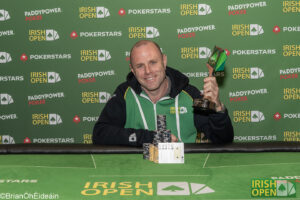
This year’s Irish Open featured five Mixed Game events with every tournament attracting over 100 runners, creating the biggest fields ever seen in Europe. The variants included both Deuce to Seven Triple Draw and Open Face Chinese which are very rarely played at a major festival this side of the Atlantic. These figures highlight the undeniable popularity and relevance of mixed games in modern poker.
Coming soon: European Mixed Poker Championship
Live Mixed Games festivals are also starting to build steam. JP McCann, who co-runs the Irish Open with Paul O’Reilly, has his own cardroom in Dublin and will be hosting next month’s European Mixed Poker Championship (EMPC) which is coming to Dublin for the first time.
The six-day festival, which is taking place from November 4 to November 9 at the JP Poker Club and Maldron Hotel in Dublin, features seven different tournaments including the prestigious 8-Game Main Event.
The 2026 Irish Open schedule
Looking ahead to 2026, the Irish Open festival – already a haven for mixed game fans – will be hosting more non-Hold’Em events than ever before. In addition to the €350 buy-in Mixed 8-game Championship, a brand new Mixed 8-Game Championship High Roller is being added to the schedule and the 2026 festival will also feature Big O, HORSE, Open Face Chinese and Deuce to 7 Single Draw.
